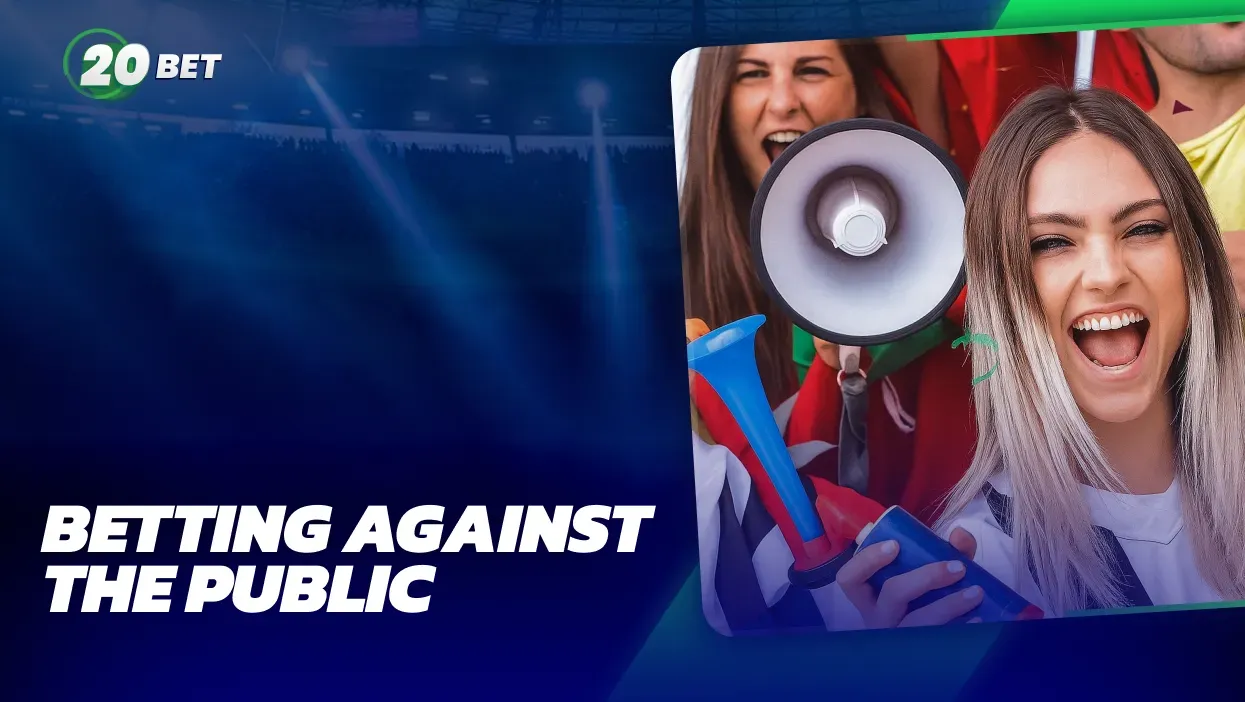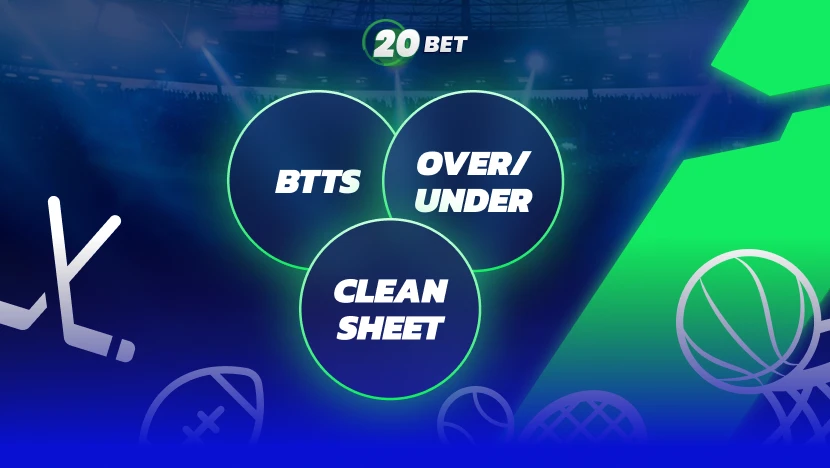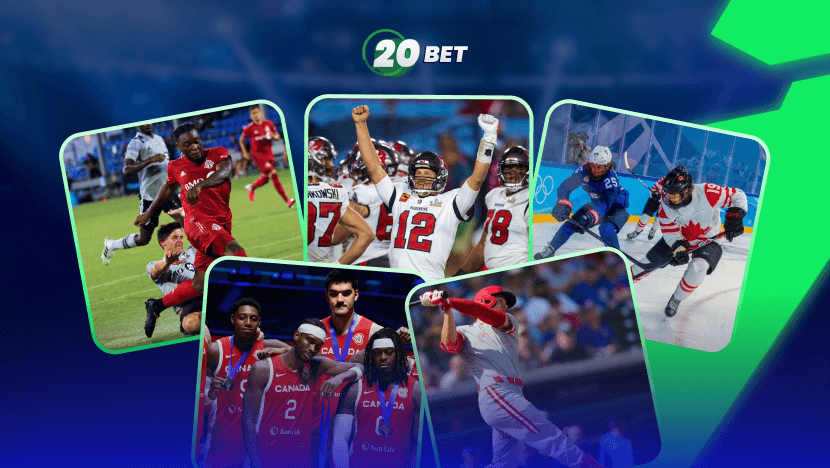What is Betting Against the Public?
Betting against the public is a simple strategy that involves identifying situations where the majority of bettors are backing one side and then choosing the opposite. Most people rarely bet on underdogs. They prefer fan favorites.
When the majority heavily backs a popular team, the odds shift, creating better value for the unpopular side. Betting against the public allows you to exploit mispriced lines that emerge when emotions, not data, drive wagers.
Targeting lines with significant public backing will give you an advantage when the odds fail to match the real-world probability.
Sharp vs. Square Bettors: Who Moves the Line?
Sharp bettors rely on logic, advanced metrics, and proprietary models to guide their decisions. The idea is to spot inefficiencies in the market and nudge the lines before the public figures it out.
Square bettors, on the other hand, are driven by trends and headlines. Their bets typically lack any serious statistical foundation.
The constant push and pull between sharp money and square volume plays a major role in shifting liquidity and odds. You’ll need to learn how to recognize when sharps have moved to avoid any pitfalls that sudden public opinions may create.
The Risks of Betting With the Public
Betting with the public is risky because you’re aligning yourself with mass-market hype. The problem with this is that overhyped teams, such as Inter Miami and Manchester United, often experience odds compression, which not only reduces potential payouts but also leaves little margin for error.
You’ll also be relying on “gut bets,” which don’t factor in issues like form, injury news, or tactical matchups. By allowing yourself to get swept up in the market noise, you’ll be exposed to elevated variances that affect your yield in the long term.
How to Identify Overhyped Teams in the Betting Market
Not sure what overhyped teams look like? You must rely on both qualitative research and quantitative signals to spot them. Here are three key indicators to watch:
- Any sudden changes in betting lines that aren’t supported by tactical changes.
- Buzz on social media that doesn’t align with on-field performance.
- In-game data, such as expected goals (xG) and possession value.
A reliable model should track how odds move in comparison to these objective metrics. This helps identify any potential mismatches between public sentiment and actual competitive strength.
Man United and Inter Miami: The Case Studies
Man United’s Historical Odds vs. On-Field Results
There’s no denying Manchester United’s historic success, especially during the Sir Alex Ferguson era. Their brand and star power have consistently pushed betting odds in their favor.
However, the data often tells a different story. United have frequently underperformed relative to their implied probabilities. For example, according to SoccerPunter, in a post-season friendly against the ASEAN All-Stars, Manchester entered as heavy favorites at -899, while their opponents were priced at +1100 (a very unlikely win). Nevertheless, the All-Stars pulled off a 1-0 victory, revealing a significant disparity between perception and reality.
This has been especially true in the post-Ferguson era, particularly against sides with strong midfielders or superior tactical discipline.
Running an evidence-based analysis on Manchester United’s win rates against specific opponent profiles can be beneficial in identifying overvaluation.
Inter Miami and the Messi Effect on Betting Lines
Lionel Messi’s arrival at Inter Miami has altered the public’s perception of the club, turning odds in their favor.
As reported by ESPN, before Messi, Inter Miami had been, for lack of a better word, terrible. The team had a league-worst 18 points after 22 MLS (Major League Soccer) matches, had scored more goals than only the Colorado Rapids and Toronto FC, and posted a league-low 0.97 xG per game. After Messi’s debut on July 21, 2023, the club went undefeated in 12 straight matches, with eight wins and four draws, and outscored their opponents 33-14 in the process, averaging a 1.59 xG per game. These numbers gave statistical weight to the sudden hype, but also created an opportunity.
The “Messi effect” inflates expectations beyond on-field performances, creating the right conditions to bet on underdogs or a draw. A notable example was the Herons’2-3 home loss to Atlanta United in November last year. According to Oddspedia, the pre-match odds were -270 for an Inter Miami win and a daunting +786 for an Atlanta United upset. The visitors went on to beat the hosts 2-3, underscoring the misleading nature of the odds. This trend has increasingly characterized Inter Miami matches since Messi joined.
Tracking these post-signing line movements will give you the chance to ride the counterwave before public money overwhelms the market.
Strategies for Profitable Betting Against the Public
While going against the public in betting is potentially a profitable strategy, you’ll need significant insight to maximize your gains and minimize the underlying risks. Here are a few key tactics that can help you:
- Create a system based on clear triggers, such as line moves that exceed a defined percentage without any fundamental justification. These shifts will be your indicators or triggers for a bet move.
- Practice strict discipline. For example, use unit sizing and avoid overcommitting when public opinion is at its peak.
- Leverage proprietary data feeds to help you confirm whether factors such as form, injuries, or tactical changes validate or contradict current public opinion.
- Use value betting principles that’ll ensure your expected return remains positive, regardless of the sportsbook’s margin. Expected return is the expected net profit on your bet after you subtract your initial wager from the total payout. For example, if you place a CAD10 bet at 2.40 odds, your total payout will be CAD24, with a net profit of CAD14, representing a 140% return on your stake.
Advanced Betting Techniques for You
Your success as a bettor depends largely how effectively you gather, interpret, and apply information. At the advanced level, you can integrate portfolio theory by diversifying across sports and bet types to reduce idiosyncratic risk.
Hedging or layering bets can also help you lock in partial profit when initial lines move further against public bias. You’ll need a dynamic staking plan that aligns with your capital allocation and the strength of your confidence, ensuring that you pursue optimal returns without exposing yourself to unnecessary risk.
You should back-test your strategies regularly to help refine your forecast models and maintain your edge.
Final Thoughts
Betting against the public is more than just being a contrarian – it’s about being methodical and finding hidden value where others overlook it. That said, it’s essential to remain responsible and avoid being lured by favorable odds when the data doesn’t support the play.
When betting, make statistical rigor and market awareness your favorite tools. These will help you spot overhyped teams, like Inter Miami and Manchester United, where the public’s emotions override their reading of the true probabilities.
FAQs
Is betting against the public profitable in the long term?







